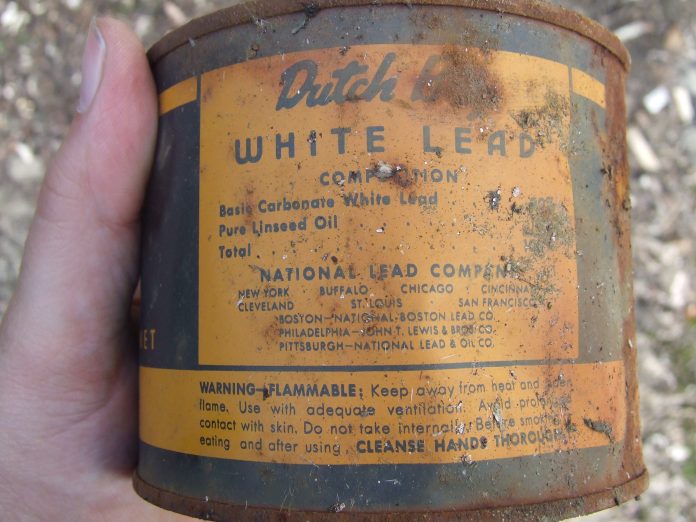A public interest and advocacy network of more than 150 community, church, school, pro-environment, and health groups this week called for a ban on the use of lead paint in the Philippines.
“We urge concerned manufacturers to initiate a systematic retrieval of paints (with lead) to stop their sale and use,” said Thony Dizon, chemical safety campaigner of the group EcoWaste Coalition.
An official of the Department of Environment and Natural Resources supported the call, urging manufacturers, sellers, distributors, and processors of lead and lead compounds “to strictly comply with the provisions” of the law.
Tirso Parian Jr., director of the Environment department in the Eastern Visayas region, said following regulations is “our way to manage the risk of lead to the environment and to human health.”
Republic Act 6969, or an Act to Control Toxic Substances and Hazardous and Nuclear Wastes, regulates or prohibits the importation, manufacture, processing, sale, distribution, use, and disposal of chemical substances that present unreasonable risk or injury to human health and to the environment.
Dizon, however, said results of their investigation “point to the importance of monitoring compliance to the national ban on lead paints.”
He said some of the extremely leaded industrial paints they found were produced during the phase-out period.
Manny Calonzo, adviser of International Pollutants Elimination Network for its global lead paint elimination campaign, said that despite the detection of non-compliant products, their study “reaffirmed the capability of the local paint industry to produce paints, including industrial solvent-based products, which do not pose lead-based paint hazards.”
He said eliminating the use of lead compounds in the manufacture of all paint categories is “doable.”
A study done by EcoWaste Coalition and IPEN on the lead content of industrial paints being traded in the Philippines “provides a compelling basis to strengthen compliance monitoring to the country’s lead paint ban.”
The report “Lead in Solvent-Based Industrial Paints Sold in the Philippines” released on Sunday, October 24, shows that industrial paints with high concentrations of lead are still available in the market despite the completion of the six-year phase-out period on Dec. 31, 2019.
For the study, the EcoWaste Coalition said a total of 68 samples of solvent-based industrial paints representing 49 paint brands from 30 manufacturers were purchased from retail stores in 15 cities in Metro Manila, as well as from online dealers and paint manufacturers.
The paint samples, including automotive acrylic, enamel and lacquer paints, epoxy enamel paints and primers, anti-corrosive primers, traffic paints, floor paints, marine or anti-fouling paints, and a zinc-rich primer, were subsequently analyzed for total lead content by US-based SGS Forensic Laboratories, according to the coalition.
“Of the 68 samples of solvent-based industrial paints, 21 bright-colored paints (31 percent of paints) were found to be lead paints, or paints containing lead concentrations above the maximum regulatory limit of 90 parts per million,” read the report.
“Moreover, 13 of these leaded paints contained extremely high lead concentrations above 10,000 ppm (nine of which had lead concentrations at or above 100,000 ppm). The highest lead concentration detected was 220,000 ppm in a yellow epoxy paint,” it added.
Meanwhile, 47 out of 68 solvent-based industrial paints (69 percent of paints) contained lead concentrations at or below 90 ppm, suggesting that the technology to produce paint without leaded ingredients exists in the country.
EcoWaste Coalition and IPEN proposed for the government “to review and strengthen monitoring and enforcement measures that will ensure strict compliance to the ban on lead in all paints, including conducting random product tests, issuing product recalls and public health warnings, seizing non-compliant products, and penalizing errant manufacturers and traders.”
The World Health Organization defines lead as a toxic metal whose widespread use has caused extensive environmental contamination and health problems in many parts of the world. It is a cumulative toxicant that affects multiple body systems, including the neurologic, hematologic, gastrointestinal, cardiovascular, and renal systems.









